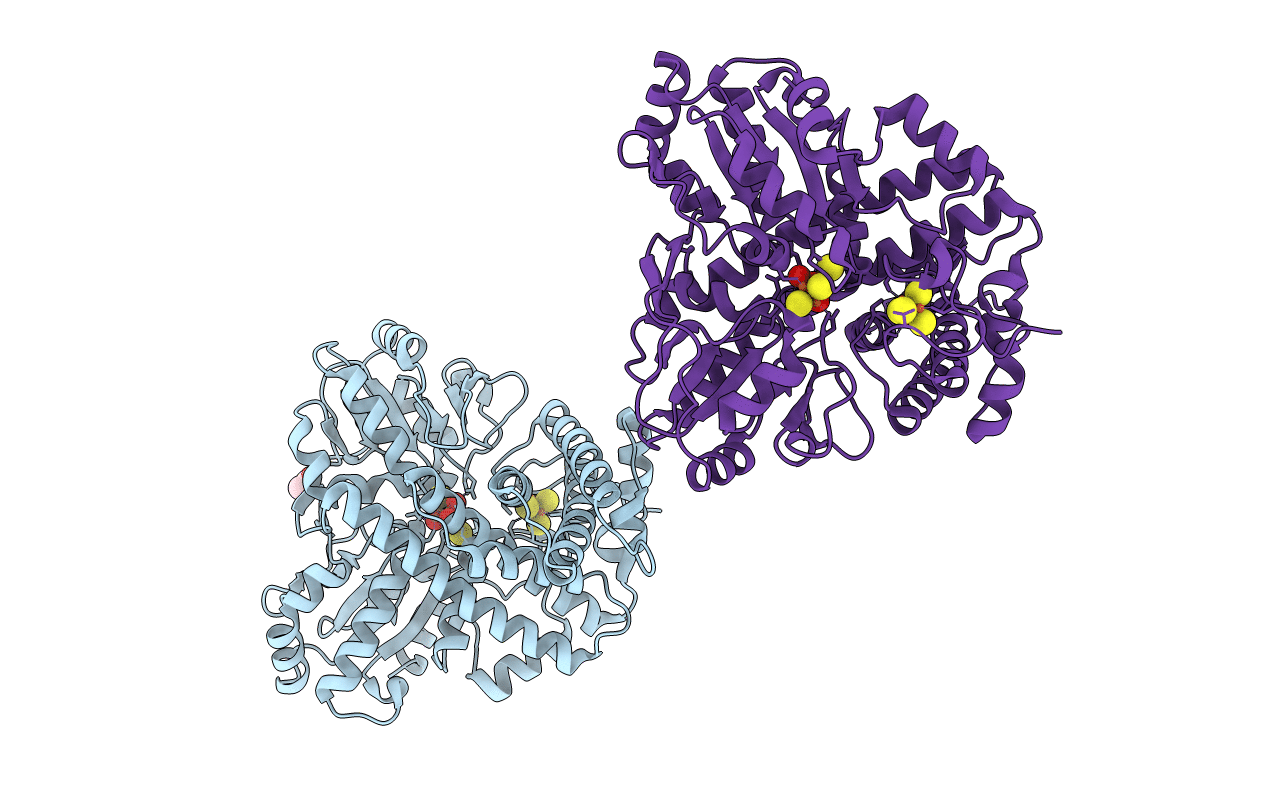
Deposition Date
2001-10-05
Release Date
2002-04-11
Last Version Date
2025-10-01
Entry Detail
PDB ID:
1GNL
Keywords:
Title:
Hybrid Cluster Protein from Desulfovibrio desulfuricans X-ray structure at 1.25A resolution using synchrotron radiation at a wavelength of 0.933A
Biological Source:
Source Organism:
DESULFOVIBRIO DESULFURICANS (Taxon ID: 876)
Method Details:
Experimental Method:
Resolution:
1.25 Å
R-Value Free:
0.14
R-Value Work:
0.12
R-Value Observed:
0.13
Space Group:
P 1


